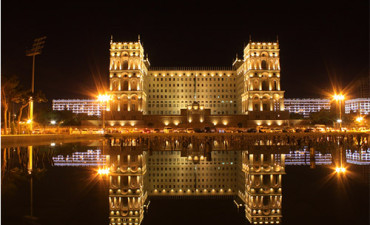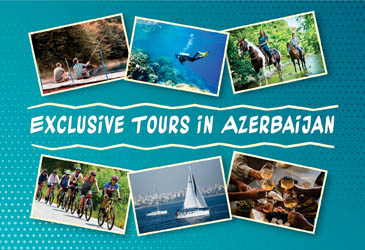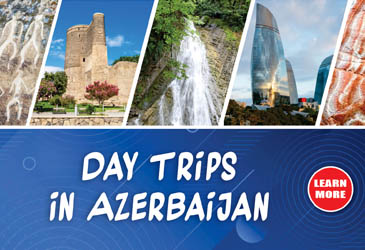People of Azerbaijan are the happiness of the country
People of Azerbaijan are the happiness of the country.
Azerbaijan is full of various cultures of different nations living on it’s territory. Despite it has relatively small area, more than a hundred ethnic groups of various faiths and speakers of different groups live here. And all these representatives live in peace – under shadow of Friendship.
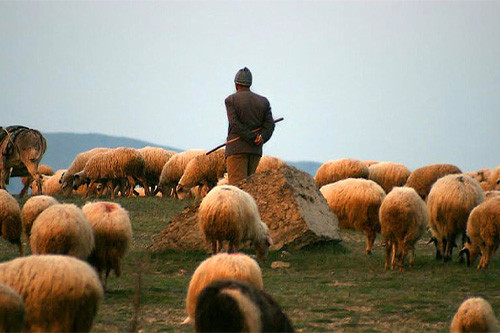
Early morning. You can hear the sound of a stream at the foot of a hill covered with a carpet of wild flowers, which is with the dilapidated doors of Lezgian village Laza, which is located in Qusar city. The buzzing of bees shimmers with the chirping of birds. Quietly humming a cheerful folk song to herself, an elderly resident is preparing to bake bread. She takes out a brush made of quince wood, with which she will cover hiran fu (Lezgian bread) with numerous “honeycombs”.
“Pakaman libisar ghui!”- the grandchildren cheerfully exclaim at the threshold of the kitchen, wishing good morning to their grandmother: she embraces them with her arms decorated with a flour pattern and caresses them with a look full of the morning sun. But suddenly he remembers that it’s time to get the sun-bread out of the oven, called khar in Lezgian…
The Lezgins are the most numerous nation in Azerbaijan after the Azeri Turks. This ethnic group makes up more than 2% of the total population (more than 200,000 people); it lives in the north of Azerbaijan, mainly in the cities of Gusar and Guba.
Russians
Historically, Azerbaijan was considered as a “plum” for the foreigners. Advantageous geographical situation, climate and an abundance of fossil fuels and agricultural products made biggest empires and their rulers to be interested in Azerbaijan. Azerbaijan, throughout the history, was occupied by many empires and countries. One of the last empires, by which rules and policies Azerbaijan was influenced was Tsarist Russian Empire, who occupied Azerbaijan in the beginning of 19th century. That era became an era of migration policies and multiculturalism in Azerbaijan.
Dozens of Russians migrated to Azerbaijan and began their new life in new and unknown country for them. Due to the fact that the 19th century turned into the century of oil and industrial boom, Azerbaijan, as a country that found black gold earlier than others, was settled with dozens of ethnic groups and diasporas who found their new job and business positions in Baku. Russians also were in this list!
Azerbaijani Russians-newcomers actively worked in industrial sector and oil fields. 44% of all Petrol pumps of Absheron peninsula were controlled and owned by Russian entrepreneurs. Russian investors who were driving their business both in Russia and Azerbaijan were actively participating in opening of factories and minor enterprises of Baku city.
Lower class Russians though, were occupied in agricultural sector of economy. In the middle of 19th century a group of religious Russians from the South Russia immigrated to Azerbaijan. Those were Malakan’s – the religious Russians who settled in the region Ismailli of the north of Azerbaijan. In 1970th the ruler of those Russians – Ivan Pershy established the village Ivanovka, which, in Soviet Times was a village-dominant in collective farming and got a Soviet medal of the Veteran of Labor. Nowadays, the village of religious farmers consists of 4000 ethnic Russians, people who kept their historical customs, religious rituals and daily routine, which was decades ago, and opens to the stranger with its hospitality!
The Lezgins are the most numerous nation in Azerbaijan after the Azeri Turks. This ethnic group makes up more than 2% of the total population (more than 200,000 people); it lives in the north of Azerbaijan, mainly in the cities of Gusar and Guba.

Representatives of an amazing nation, one of the sub-ethnic groups of great Caucasian family, live in the highest mountain village of Azerbaijan – village of Khinalig. Linguistics experts say that the language closest to Khinalug existed 4,000 years ago.
The Persians
The natives of several regions of Azerbaijan, such as Absheron, Ismayilli, and Lankaran, are representatives of the Persian nation. These are subethnoses: Dagly, Tats or Talysh. As well as representatives of other nationalities, the Persians of Azerbaijan have preserved their language. And about 15 percent of their words were added to the classical modern Azerbaijani (the dialect of the Azeri Turks).
The Talyshs of Lenkoran and Astara are known for being the centenarians of our people. The Persians of the Guba district at one time, several centuries ago, adopted Judaism. They are called mountain Jews, they live in the village of Krasnaya Sloboda. The Tatas are hardworking artisans from the mountain villages of the Ismayilli district. The tour operator Azerbaijan Travel International organizes exciting tours to one of these villages, Lagich, a high-mountain village of masters.
And within the framework of the Guba-Khinalyg tour our guests get the opportunity to get acquainted with mountain Jews, Khinalug and Lezgins.
Russians.
An ethnic group that comes after the Lezgins. Russians in Azerbaijan live mainly in the capital – Baku, as well as in other major cities – Ganja, Sumgayit, Mingachevir, etc. But the life of the inhabitants of Russian villages in Azerbaijan is interesting. The first villages were Nikolaevka, Privolnoye, Prishib, Vel and Ivanovka. The most famous of them is Ivanovka village, which is located in Ismailli district of the country.
Ivan Pershiy founded this village at the end of 1840, after resettlement of the Molokans. It was in honor of him that the village became known as Ivanovka. Then the village consisted of only eleven families, but now the population is more than 3000 people.

The dew on the grass reflects the sunny dawn and is filled with the laughter of rosy-cheeked children playing in the middle of the road leading up to Mount Guthon . A shepherd watches a flock of sheep, occasionally bleating while eating fresh grass. But the thoughts of the young choban (shepard) are occupied with something else entirely: will they wrap the mother’s bread in a handkerchief or leave it untouched?…
The Avars who inhabit the north of Azerbaijan, in the regions of Balaken and Zaqatala, have a tradition: the mother of a young man who liked a girl goes to the house of that very young person with freshly baked bread in a turba (bag). During the conversation, the guest never mentions the wedding or things related to it. After leaving the house, the mother, looking at the contents of the bag, could immediately determine whether she had left her future daughter-in-law’s father’s house or a girl who had already become a stranger to her: if the housewives of the house put bread in a handkerchief, then everything was going to the wedding. If the bread remained untouched…
“Grumble! Bread in a handkerchief! One of the rosy-cheeked children shouted. “Barkala” – the shepherd thanked him mentally, smiling with joy…
Udine
About a thousand years ago, the state of Caucasian Albania was located on the territory of Azerbaijan. After defeat, the state and the nation of the Albanians disappeared, and Albanian’s language was almost completely lost. Almost… Now in the Gabala district, in the Nij village, representatives of the Udin subethnos live. These are the only ethnic heirs of Caucasian Albania. Their language consists of 85 percent of the words of the language of the ancient Albanians. Azerbaijan Travel International tour “Gebele-Sheki” It passes through the lands of the former Caucasian Albania.
Azerbaijan people are unique in that. A small territory of the country has become home to many nations. All of them have preserved their identity, have not lost their identity and are a living confirmation of our multiculturalism. Now the population of Azerbaijan Republic is more than ten million people from different ethnic groups and we are all Azerbaijanis.
Tags: Gabala , Laza , Qusar city , People of Azerbaijan , Various cultures , Lezgins , Hiran fu , Sun bread , Russians , Soviet times , Highest mountan village , Persians , Lagich , Avars , Udine , Caucasian Albania , Khinalig residents
Recent Posts

Buy any tour and get 15 percent discount in Baku restaurants
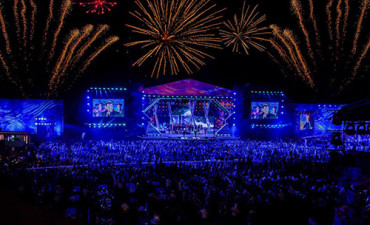
Festivals In Azerbaijan
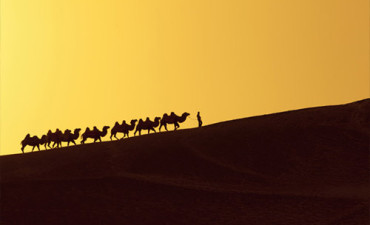
Great Silk Road In Azerbaijan
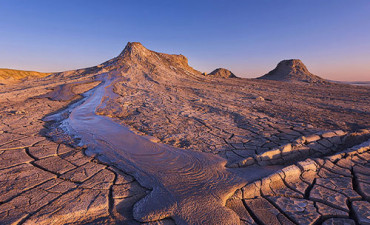
Guide to outdoor activities
